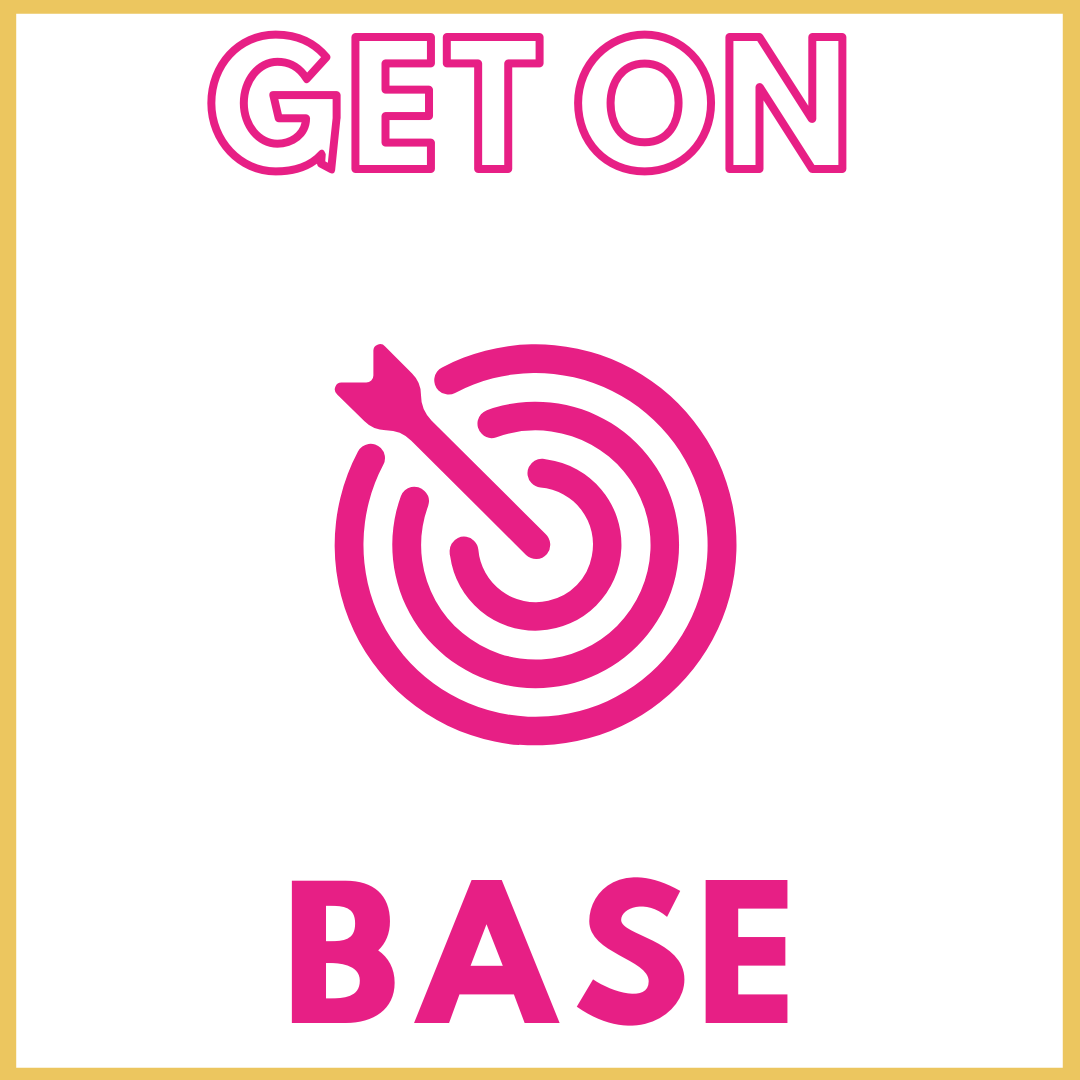Get your donors "on base"
When I was a young buck fundraiser working at Chrysalis overseeing all of the individual and corporate gifts, one of my duties was to take donors on a walking tour of Skid Row - the neighborhood where the organization was founded and where many of the clients lived.
Picture this - me walking (mostly white men, often in suits) potential donors around a 10 block radius to educate and show these donors, to explain to these people, the reality of why a certain set of circumstances leads people to need employment services like the ones Chrysalis provides.
Let me tell you: it was really effective.
Skid Row, if you’ve never been, is unique for many reasons, but it’s very much known for being the most densely populated population of homeless people in Los Angeles, which also ranks #2 for the highest population of homeless people in the country, only behind New York (pretty sure when I worked there, LA was ranked #1). It’s also an area where there are a lot of service providers to support the community - everything from housing, to mental health services, to employment services. It has a rich history too from why it emerged as an area at all (read: day laborers who came out west for work in the 1800s) to how it evolved into the neighborhood it is today.
Something between the physical act of walking the neighborhood, often bumping in and saying “hello” to a clients on our way, to feeling the heat (yes, walking the blocks in August is just as hot as you imagine) to the smells and yes - to seeing the extreme poverty - let’s just say - it’s something most potential donors have never experienced.
In more ways than one, it stays with them and leaves them asking really great questions, one of which is, “How can I help?”
This is what I call getting your donors “on base”.
Getting your donors “on base” can mean a lot of things (I’ve provided some examples below), but overall, it means giving your donors the opportunity to get up-close and personal with your nonprofit’s program and the people you serve. It allows them to have an experience - something very different than them reading up about you in an email or an annual report.
In my option, this is one of the most effective ways to get your donors to connect with your organization. Period.
But I know what you are thinking: “But we are in a socially distant pandemic!”
No excuses.
Just the other day I was talking to a community member for a nonprofit I work with by interviewing her to hear her story. This amazing single mama who has been working her tail off for the last year with little to no help had me in tears. I literally couldn’t help myself. All I could think of after our call was, “If only I had had a megaphone to that conversation - their donors wouldn’t have hesitated a minute to donate to this organization to help more moms like her.” Is there a world in which you could invite your donors to hear from your clients directly via a phone call or Zoom meeting?
Or excuse #2: “Well, we don’t want to put our community members on display.”
I 100% respect that. I also don’t think you have to. Here are some alternative ideas that don’t involve showcasing your clients:
Host a “State of the Union” with your leadership and/or board chair. Here, you can discuss what you’ve done, but more importantly, where you aim to go in the next few months
Have an expert or group of experts come talk about an issue close to your organization. Do you serve clients with dementia? What does the latest research tell us? Are you helping families with critical illness? What does a therapist suggest you do to keep your mental health strong - lots of ideas!
Give a virtual (or in-person) tour of your space - when the community members are not there
Host a panel discussion with some front line staff members who can tell stories or share their experiences with your donor community
The possibilities truly are endless.
I’d love to hear from you - what are some of the ways you and your organization get your donors “on base”?

